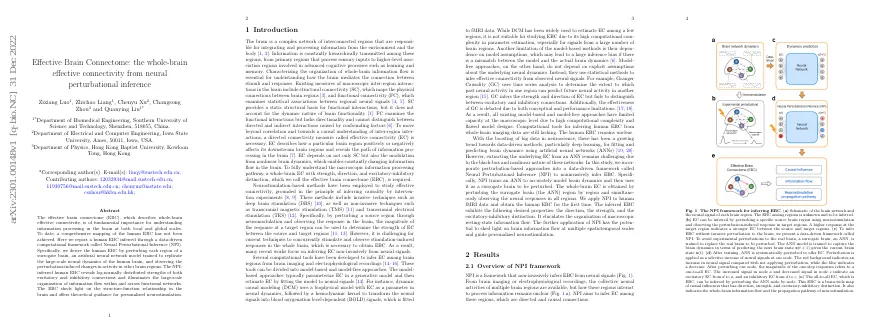Link to paper The full paper is available here.
You can also find the paper on PapersWithCode here.
Abstract Presents Integrated Information Theory (IIT) 4.0 Aims to explain properties of experience in physical terms Identifies essential properties of experience and expresses them mathematically Can be applied to any system to determine if it is conscious Makes testable predictions and allows inferences and extrapolations Includes more accurate translation of axioms, a measure of intrinsic information, and an assessment of causal relations Unfolds a system’s cause-effect power to explain the quality of experience Paper Content Introduction Consciousness is subjective and IIT aims to explain it in physical terms IIT starts with the existence of an experience, which is immediate and irrefutable IIT has five axioms of phenomenal existence: intrincicality, information, integration, exclusion, and composition Physical existence is assessed operationally from within consciousness IIT proposes a fundamental explanatory identity: an experience is identical to the cause-effect structure unfolded from a maximal substrate IIT has a mathematical framework to evaluate self-consistency and make predictions IIT has been refined and extended over time IIT has a book and wiki to explain motivation, axioms, postulates, and assumptions Postulates of physical existence Realism: Assumption of a world that persists independently of one’s experience Physicalism: Something must have the power to take and make a difference in a reliable way to be granted physical existence Operational Reductionism: Establishing what exists in physical terms by starting from the smallest units Intrinsicality: Substrate of consciousness must have intrinsic cause-effect power Information: Substrate of consciousness must have specific cause-effect power Integration: Substrate of consciousness must have unitary cause-effect power Exclusion: Substrate of consciousness must have definite cause-effect power Composition: Substrate of consciousness must have structured cause-effect power The explanatory identity between experiences and φ-structures IIT proposes an explanatory identity that states that the physical properties of a complex can explain the properties of an experience....









